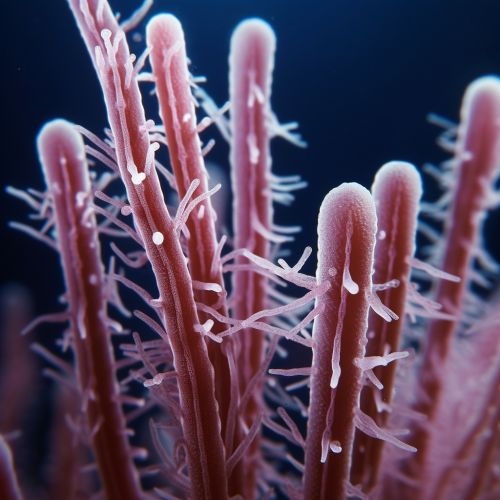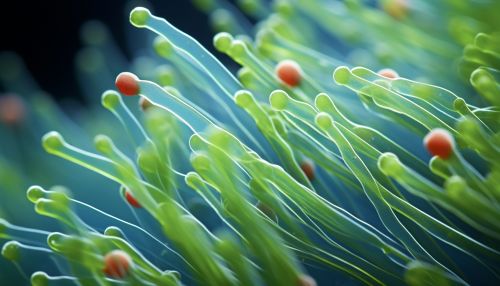Pseudomonadaceae
Classification
Pseudomonadaceae is a family of Gram-negative, flagellated, non-spore-forming bacteria. This family belongs to the order Pseudomonadales, within the class Gammaproteobacteria.
Morphology
Members of the Pseudomonadaceae family are rod-shaped, with a size range of 0.5-1.0 μm in diameter and 1.5-5.0 μm in length. They possess polar flagella, which allow them to be motile.


Metabolism
Pseudomonadaceae are metabolically diverse, capable of utilizing a wide range of organic compounds as energy sources. They are aerobic, but some species can also grow anaerobically in the presence of nitrate or nitrite.
Ecology
Pseudomonadaceae are ubiquitous in nature, found in soil, water, and plant and animal tissues. They play important roles in the biogeochemical cycling of carbon, nitrogen, and other elements.
Pathogenicity
Some species within the Pseudomonadaceae family are pathogenic to humans, animals, and plants. The most well-known is Pseudomonas aeruginosa, a common cause of hospital-acquired infections.
Genomics
The genomes of Pseudomonadaceae are typically large and complex, with a high degree of genetic diversity. This contributes to their metabolic versatility and adaptability to different environments.
